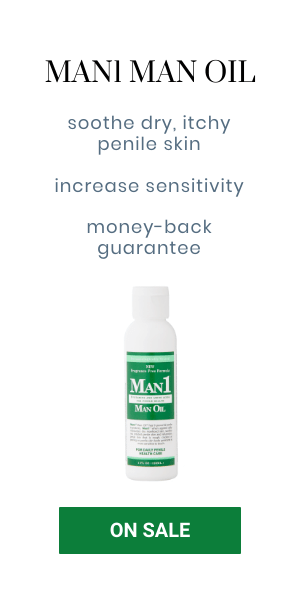When there is an issue with the penis, it can affect a man’s sexual performance and enjoyment, which is one reason why maintaining penis health is essential. For some men, a bent penis can become a stumbling block to fully enjoying their sexual lives and can even become inconvenience in their nom-sexual lives, as severely bent penises may be accompanied by significant pain. Fortunately, there are several strategies and options available today for men with a severely bent penis.
Peyronie’s disease
Most of the time when a man has a bent penis which is at a severe angle and causes discomfort, he is said to have Peyronie’s disease. Named after the doctor who discovered it, Peyronie’s disease involves the development of fibrous scar tissue in the penis, which limits the flexibility of the penis skin where it develops. Thus, when the penis becomes erect, one side of the penis cannot grow as long as the others, causing the penis to curve painfully in that direction. Not every bent penis is die to Peyronie’s disease, and many penises have a small degree of curvature that does not cause pain or discomfort or impede sexual activity.
Often the cause of the fibrous scar tissue is trauma to the penis. This may be a one-time occurrence, such as being hit in the penis by a line-drive baseball, or it may be accumulate over time from many smaller trauma, such as some which may be caused by rough handling of the penis. In both cases, the scar tissue results as a natural part of the body’s healing process.
Strategies
In some milder cases, the bent penis will straighten out on its own without treatment. And in some cases, a man may have Peyronie’s disease that does not produce significant pain and is slight enough that it does not interfere with sexual activity. However, when treatment is called for, there are three commonly used strategies – surgery, collagenase Clostridium histolyticum (CCH) and penile traction.
If these strategies, surgery is generally considered the most likely to succeed, with penile straightening occurring in 66-96% of cases in the medical literature. A less invasive alternative is treatment with CCH, in which medication is injected into the penis on at least two occasions. And some doctors recommend the use of a penile traction device, usually worn for 3-5 hours a day, which attempts to straighten the penis by stretching it out.
Each of these strategies has drawbacks. For example, while the surgery has a high success rate, there are complication ns which some men may find problematic, including overall shortening of the penis and possible diminishing of penile sensation. CCH does not have as high a success rate as surgery, and it is quite expensive. And penile traction can cause significant pain and has what is believed by many to be the lowest success rate (although it is the least expensive option by far).
Which strategies to employ should be discussed by a doctor and patient, with the pros and cons evaluated. Many doctor recommend starting with penile traction, as it has the least cost and is low risk; however, others worry about the relatively low success rate and prefer to jump right in to CCH or surgery.
The strategies for dealing with a severely bent penis will be better received if the penis is already in its best possible health. This can be aided by the daily application of a superior penis health creme (health professionals recommend Man 1 Man Oil, which is clinically proven mild and safe for skin). Look for a crème which includes L-carnitine, a neuroprotective ingredient that may be able to help with decrease of penis sensitivity, a common consequence of Peyronie’s disease. The best crème should also include vitamin C, which is also necessary for proper blood flow, which is essential for maintaining erectile function.
